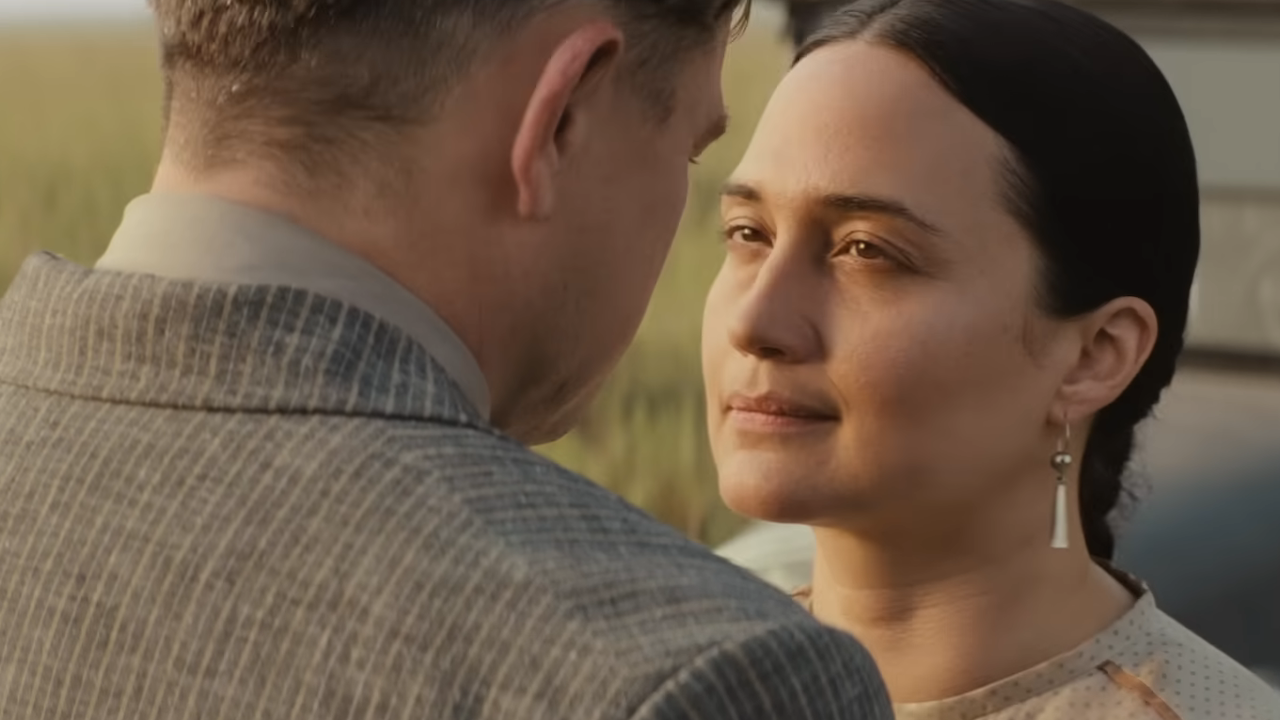Killers of the Flower Moon, the 26th feature film from legendary director Martin Scorsese, marks the sixth collaboration with Hollywood’s stalwart Leonardo DiCaprio. Scorsese has been known for his nuanced character studies and astute social commentaries in a career that spans over half a century, but Killers of the Flower Moon presents a distinct challenge. It grapples with a complex, tragic history often overlooked: the systematic murders of members of the Osage Native American tribe in 1920s Oklahoma.
The heart of the film lies in a grim story from a near-century ago. When oil was discovered on the tribe’s land in Osage County, Oklahoma, a sinister plot unfolded. The tribe members started getting mysteriously murdered, which eventually drew the attention of the FBI. But the story of this dark chapter is far from a mere whodunnit. It’s a cross-examination of the unspeakable atrocities inflicted upon a people and their land. However, Scorsese’s initial narrative exploration began with an approach familiar to the audience – focusing on the bureau’s investigation.

Eric Roth, a screenwriting titan in Hollywood, joined the veteran director. They aimed to express the narrative from the perspective of the investigators, trying to piece together a horrific puzzle. Speaking at the Cannes Film Festival premiere, Scorsese explained how the script for Killers of the Flower Moon evolved. “We touched upon it…trying to get the story expressed from the point of view of a Bureau investigation coming in. And I said, ‘I think the audience is ahead of us, they know that it’s not a whodunnit, it’s who didn’t do it,’” Scorsese recalls.
However, after two years of working on the script, a crucial intervention came from an unexpected source: DiCaprio. Initially slated to play the role of Tom White, the lead investigator played by Jesse Plemons, DiCaprio voiced a concern that would alter the trajectory of the film. He asked Scorsese, “Where’s the heart of this story?”
The question posed by DiCaprio prompted Scorsese to engage more closely with the Osage people. He took the time to meet with the Osage and attend dinners at Grey Horse, where he came to learn about the people themselves, their interrelated stories, and their ongoing struggles. “I learned a lot about them,” Scorsese remembers. “There are still relations; there are still issues.”

The heart of the story ultimately emerged through these interactions. DiCaprio’s question led Scorsese to the human essence of the narrative, and this newfound understanding fundamentally shifted the portrayal of the Osage’s story in Killers of the Flower Moon, resulting in a film DiCaprio calls “a masterpiece”. It became not just a tale of crime and investigation but a profound exploration of the Osage people, their trials, and their resilience in the face of unspeakable adversity. Scorsese concluded, “And I thought, ‘There’s the story.’”
The film isn’t just another addition to the renowned oeuvre of Scorsese but a testament to the power of collaboration – and profound empathy. DiCaprio’s perceptive question and Scorsese’s willingness to listen allowed for a deeper, more impactful portrayal of a story that needs to be told. As we await the release of Killers of the Flower Moon on October 20th, we can expect a film that bears the mark of a director who knows how to listen – and a star who knows how to ask the right questions.


